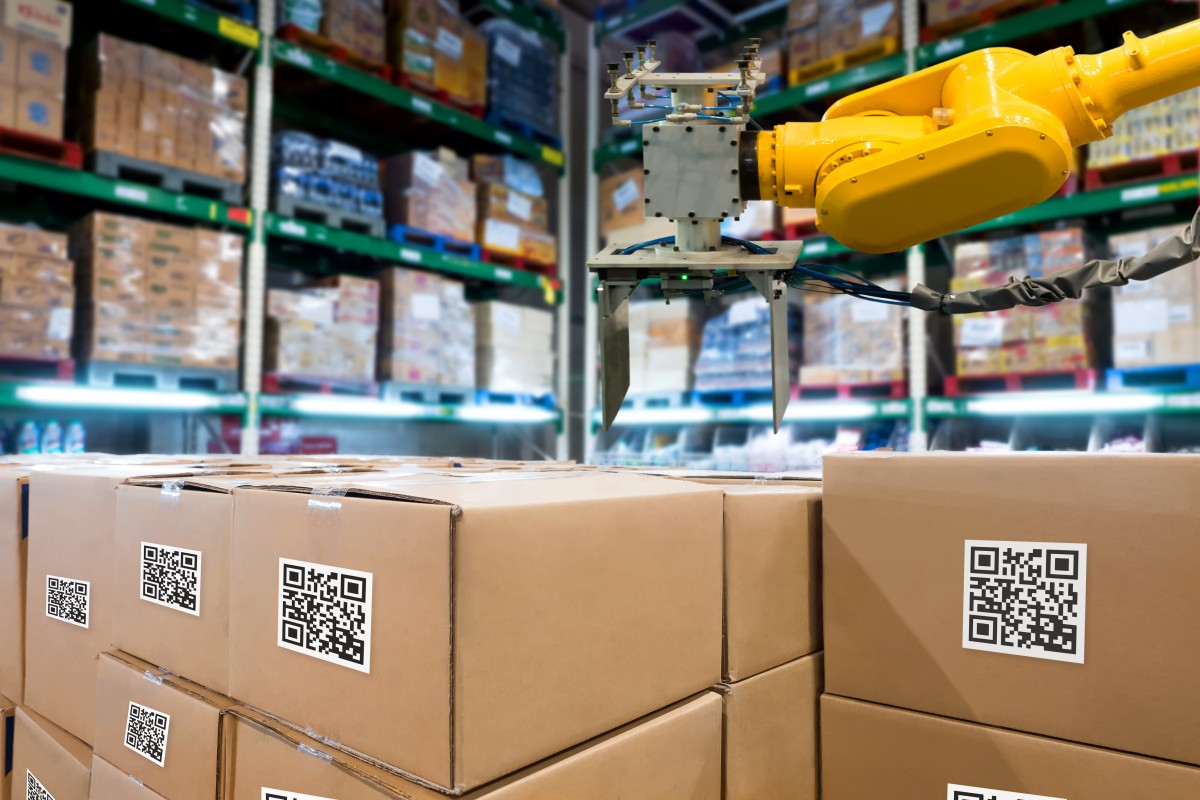Surprisingly, very little of that data is used to improve real-time decision making. Rich data sets can be rendered useless if they aren’t seamlessly incorporated into a company’s analytical platform. To produce usable data insights, the business must make sure everyone is speaking a common language through data, and that the data can be efficiently processed and interpreted.
This is where edge computing comes into play. Edge computing can help collect, process and understand data to enable preventive maintenance, improve performance and drive new applications for efficiency. Rather than sending all data for processing to corporate or cloud data centres, manufacturers can compute closer to the data, which decreases latency, improves response time and saves costs, particularly when considering the massive data footprint of most large manufacturers.
Businesses should identify and prioritise specific use cases that will create value, before diving deep into which algorithms or platforms should be used. Data-driven insights should help companies answer larger questions that inform strategy and goal setting, such as “How are our teams performing and how effective and high-performing is our culture?”.
Key Use Cases The areas of manufacturing most ripe for manufacturers to utilise Edge, according to our research, include Cobotics, autonomous on-site vehicles, and deep sensor networks for predictive maintenance, asset performance management and quality control.
Implementing Edge can help to increase production whilst also saving manufacturers money. Manufacturers could look to use the improved oversight to create a dynamic Energy Efficiency Index (EEI) for important parts of the manufacturing process such as furnaces. This would help to forecast energy consumption and efficiency through scenario planning. This approach will further improve line production throughput and reduce energy consumption, sometimes this can be up to 10 per cent per furnace annually.
Fuel consumption is another area where the benefits of the Edge can help manufacturers. A software-based solution that gathers high-frequency sensor data in real time, provides on-board analytics and bespoke visualisations, that scales rapidly across the business can drive significant cost reductions and improve the environmental footprint of a factory.
Visualisation
Sensors equipped to engines can produce massive amounts of data which can drive important efficiencies and outcomes. However, interpreting the data can be a huge challenge. The data produced by factory sensors can vary in frequency of output, and be in different formats, making comparison or
combination difficult. If the data can’t be analysed quickly, or if it takes weeks to produce reports, then an operator’s ability to optimise is severely hampered.
With end-to-end data ingestion, visualisation, and correlation solutions leveraging the edge, manufacturers could tackle this challenge and see real benefits. For example, a mobile application could be deployed in a secure cloud environment and provide the operator with drag-and-drop, dynamic dashboards and customisable charts based on real-time sensor data.
Adopting a data-driven culture
Adopting a more data-driven culture and harnessing the power of data analytics can be a game-changer for companies looking to begin or speed up their digital transformation journey. The more seamlessly data can be analysed, models built, and insights integrated into day-to-day workflows, the more rapidly organisations can innovate and make decisions on the fly.
However, investment alone doesn’t lead to a more data-driven culture. Critical to adopting a more data-driven decision-making culture is understanding the end game.
Commercial innovation — the identification of new technologies and incorporating them into the business enterprise-wide — is hard, particularly when many of the use cases that will truly transform the world are not yet fully developed or even conceived yet, as is the case with Edge computing. However, with its vast data sets and need to achieve ROI on expensive equipment by improving efficiency, the manufacturing industry is well placed to be at the vanguard of the edge revolution and should look to maximise the benefits of Edge computing.




